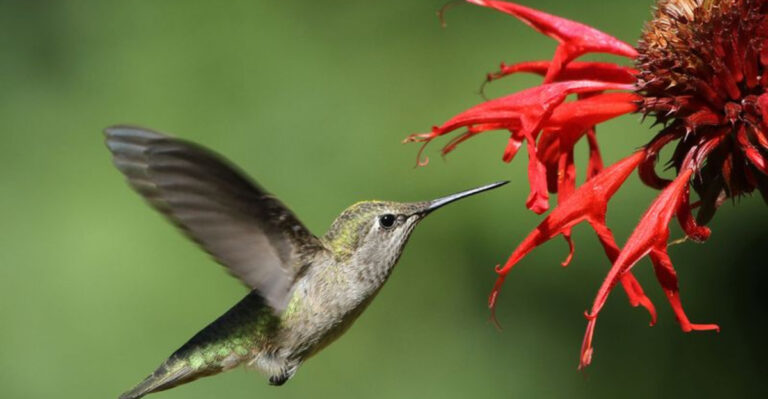13 Things You Need To Know About Axis Deer Now Running Wild In Texas

Texas has a growing problem with beautiful but unwanted visitors. Axis deer, with their spotted coats and elegant antlers, are multiplying across the Lone Star State.
These non-native deer from India were brought to Texas for hunting, but now they’re creating headaches for landowners, wildlife managers, and native ecosystems alike.
1. Spotted Invaders From Far Away

These elegant creatures originated in India and Sri Lanka before making their Texas debut. First introduced in the 1930s as exotic game animals, they’ve since escaped hunting ranches and established wild populations.
Their distinctive chestnut coat with bright white spots makes them instantly recognizable among North American deer species.
2. Year-Round Baby Boom
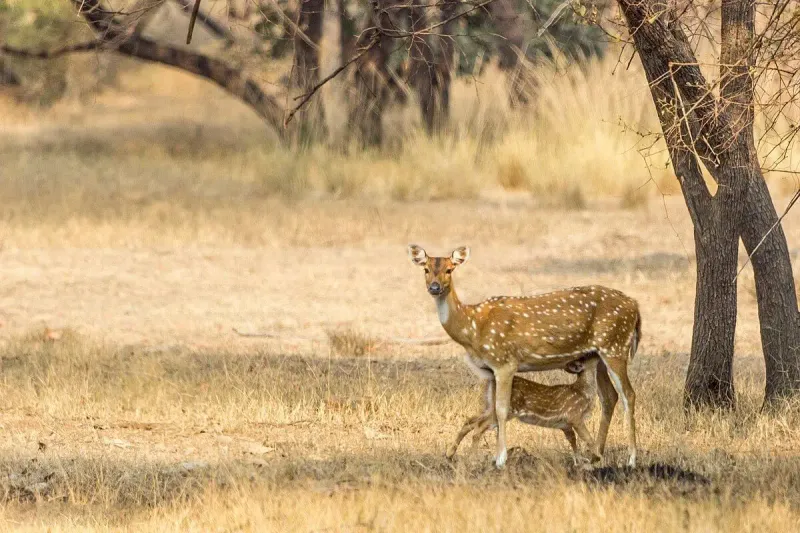
Unlike native whitetails that breed seasonally, axis deer reproduce throughout the entire year. This biological advantage means their population grows exponentially without natural controls.
A female can become pregnant again just weeks after giving birth, potentially producing multiple fawns annually. No wonder their numbers are exploding across Texas!
3. Champion Swimmers Crossing Boundaries
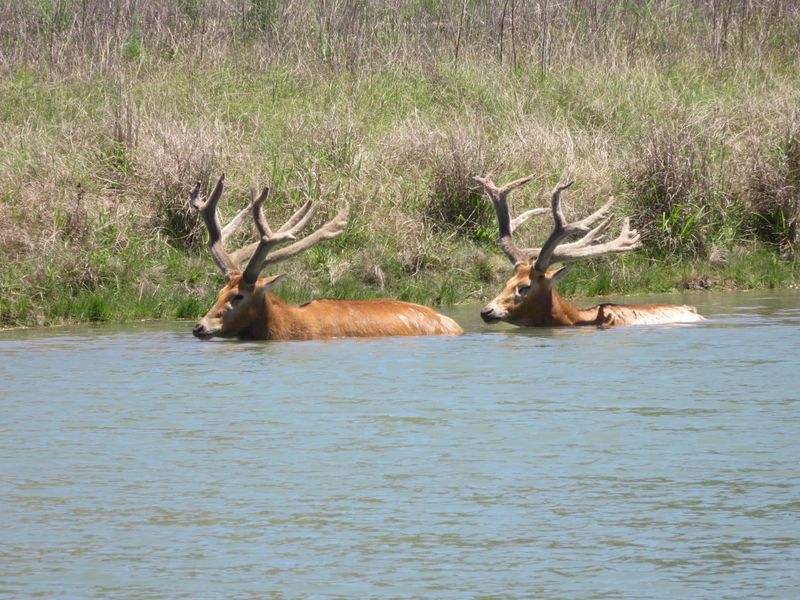
Rivers and streams pose little challenge to these deer. Their powerful swimming abilities allow them to cross waterways that might contain other species.
Landowners are often surprised when axis deer suddenly appear on properties separated from known populations by rivers. This mobility contributes significantly to their rapid spread throughout central and southern Texas.
4. Stunning Good Looks That Deceive

Many Texans fall in love with axis deer’s beauty at first sight. Their cinnamon-colored coats adorned with perfect white spots remain vibrant year-round, unlike whitetails that turn grayish in winter.
Males sport impressive three-pronged antlers that can reach lengths of 35 inches. These good looks sometimes make people hesitant about controlling them.
5. Adaptable Eating Machines

Axis deer thrive in various Texas environments because they’ll eat almost anything green. While they prefer grass (unlike native browsers that favor leaves and twigs), they readily adapt their diet when necessary.
This flexibility allows them to move into new areas and outcompete native wildlife. They can even survive in semi-desert conditions where other deer struggle.
6. Pushing Natives Out Of Home

As axis deer numbers grow, native white-tailed deer face increasing pressure. Research shows whitetails actively avoid areas where axis congregate, effectively being pushed from their natural habitat.
This competition extends beyond deer to other native wildlife. The ecological ripple effects include changes to vegetation patterns and disruption of natural food chains.
7. Virtually Predator-Proof Population

Mountain lions occasionally target axis deer, but these big cats are too few to make a dent in their growing numbers. Coyotes might take young fawns but rarely challenge adult axis.
Without natural population controls, management falls entirely to human intervention. Their lack of natural predators creates a perfect storm for population explosion across Texas.
8. Ecosystem Strain Growing Daily
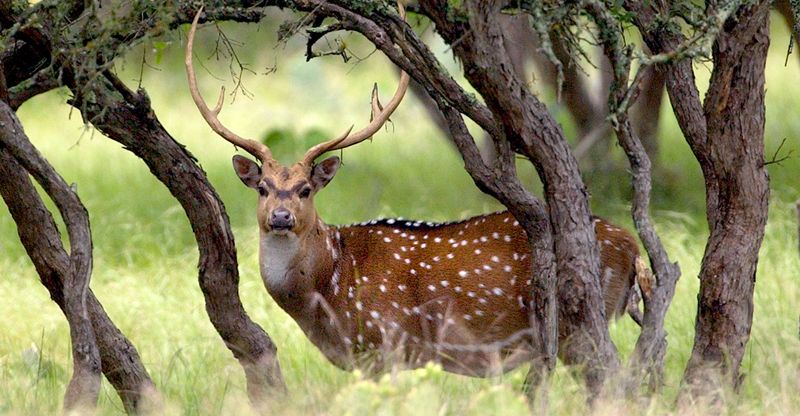
Ecologists worry about the long-term impact of axis deer on Texas landscapes. Their heavy grazing can strip areas of native plants, leading to soil erosion and habitat degradation.
Native species that depend on specific vegetation find themselves without food sources. Some conservation areas report significant plant community changes within just a few years of axis deer arrival.
9. Hunter’s Paradise Without Limits
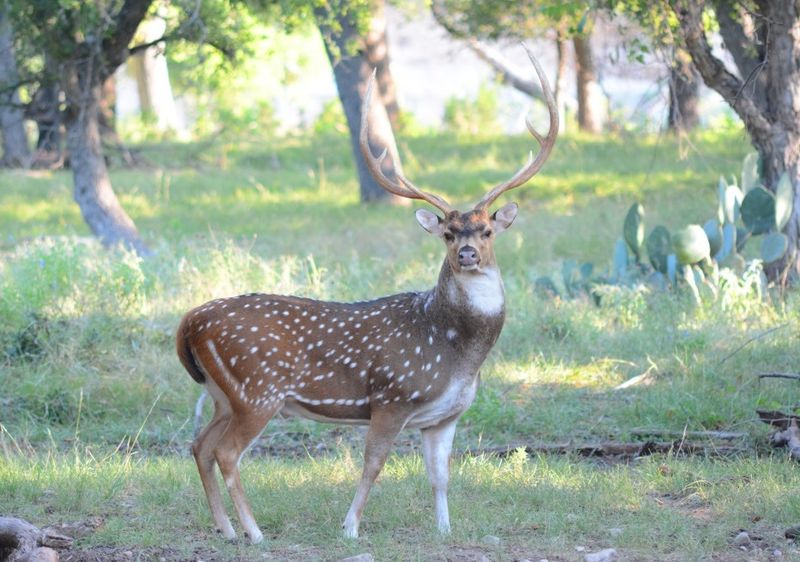
Hunting axis deer offers unique opportunities in Texas. Unlike native species, they have no closed season and no bag limits on private land.
Their meat is considered superior to venison from whitetails, with a milder flavor that appeals to many. Trophy hunters prize their magnificent antlers, creating economic incentives for landowners to manage populations.
10. Farmers’ Nightmare Across Fields
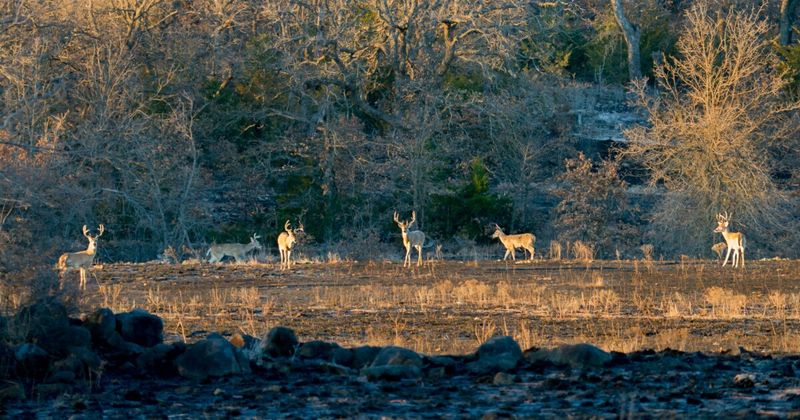
Agricultural losses from axis deer reach millions annually in Texas. Their hearty appetites and large herds can decimate crops overnight, leaving farmers frustrated and financially strained.
Vineyards are particularly vulnerable, with deer consuming tender grape shoots. Orchards suffer too, as axis strip bark from young trees and consume low-hanging fruit with remarkable efficiency.
11. Management Challenges Mounting
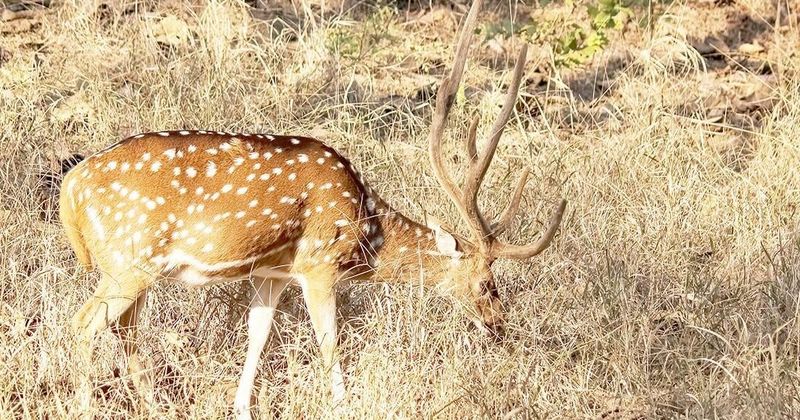
Texas wildlife officials face complex challenges managing axis deer. Their non-native status means traditional conservation approaches don’t apply.
Property rights in Texas further complicate matters, as landowners make individual decisions about controlling deer on their land. Some welcome them for hunting revenue while neighbors may be fighting to remove them.
12. Surprising Urban Appearances

Residents in Texas suburbs increasingly find axis deer in their neighborhoods. These adaptable animals readily move into golf courses, parks, and even residential yards seeking food and safety.
Urban encounters create new challenges as deer cause traffic accidents and landscape damage. Their boldness around humans can lead to dangerous situations when people attempt to feed or approach them.
13. Future Control Efforts Uncertain
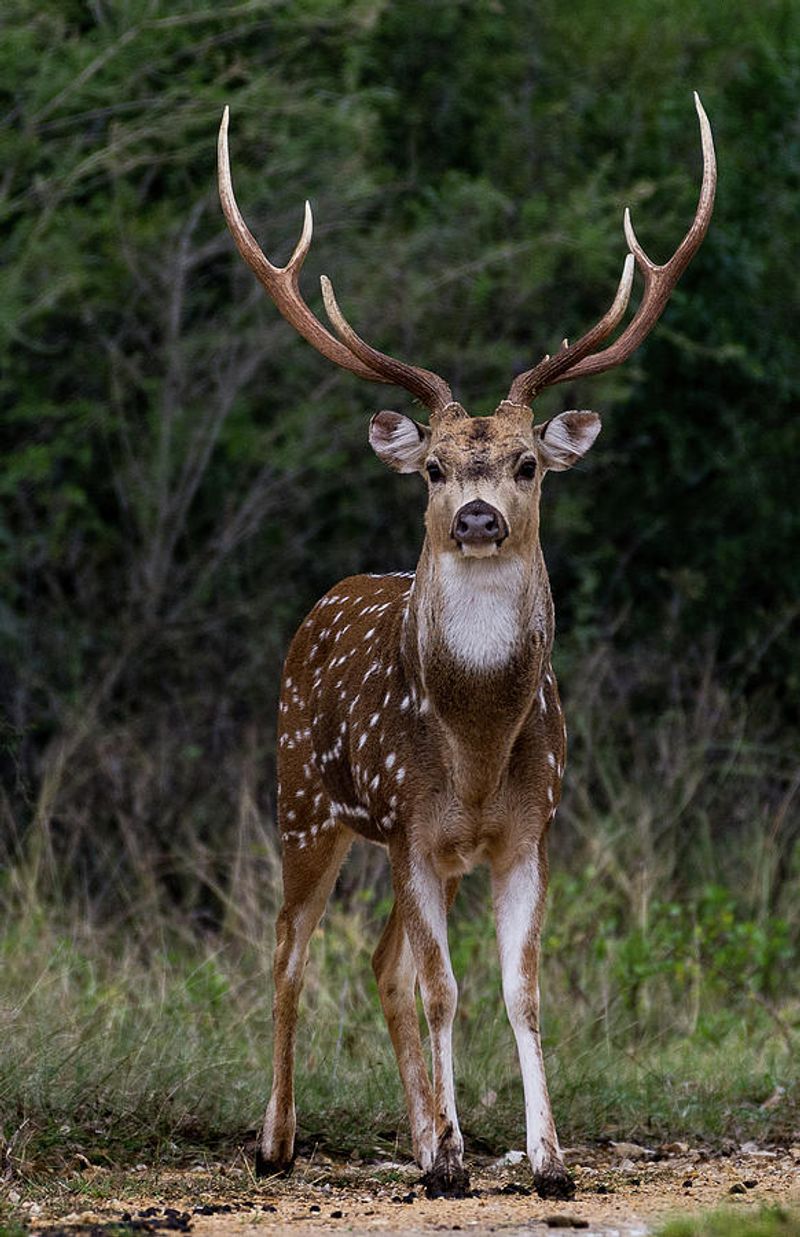
Scientists and wildlife managers are testing innovative approaches to axis deer control. These include fertility control, strategic fencing, and coordinated hunting programs among neighboring landowners.
Success requires collaboration between private landowners, hunting organizations, and government agencies. The economic value of axis deer as game animals complicates efforts to reduce their numbers and impact.




